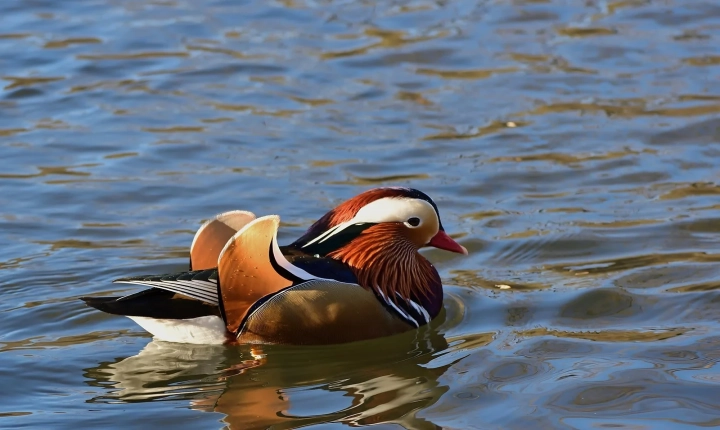AI Art: The Evolution of Creativity
The fusion of artificial intelligence and art has given rise to a new era of creativity, one that challenges conventional notions of what it means to create and appreciate art. AI art, also known as computational creativity, is generated by algorithms that are trained to imitate human artistic styles and produce original works.
The process of creating AI art begins with the collection of vast amounts of visual data, including paintings, photographs, and other forms of artwork. This data is then analyzed and used to train the AI model to understand and replicate the patterns, styles, and techniques used by human artists. Once trained, the AI algorithm can produce its own original artworks by drawing from the knowledge and insights it has gained from the training data.
One of the key advantages of AI art is its potential to democratize the artistic process. By allowing anyone with access to the technology to create art, AI art challenges the traditional gatekeepers of the art world and opens up new possibilities for artistic expression. Additionally, AI art offers an opportunity for collaboration between humans and machines, enabling artists to work alongside AI algorithms to co-create innovative and thought-provoking pieces.
Furthermore, AI art has the potential to push the boundaries of traditional artistic styles and genres. Because AI algorithms can be trained on a wide range of artistic influences and styles, they have the capacity to produce art that blends elements from different periods and cultures, resulting in a rich and diverse range of creative outputs.
However, the rise of AI art also raises questions about the nature of creativity and the role of the artist. Critics argue that AI art lacks the emotional depth and human experience that are integral to traditional artistic processes. They contend that AI art may be little more than a sophisticated form of mimicry, devoid of the genuine inspiration and personal expression that define great works of art.
Despite these reservations, AI art is poised to become an increasingly important part of the artistic landscape. As the technology continues to advance, AI algorithms are becoming more adept at producing original and compelling artworks that capture the imagination of audiences around the world. AI art is not a replacement for human creativity, but rather a new tool that can inspire and challenge artists to explore new frontiers of artistic expression.
In conclusion, AI art represents a fascinating intersection of technology and creativity, offering both opportunities and challenges for the art world. As AI algorithms continue to evolve and improve, they have the potential to revolutionize the way we think about and engage with art, opening up new possibilities for artistic innovation and expression. The future of AI art is bright, and it promises to ignite a rich and dynamic dialogue about the nature of creativity and the role of technology in shaping the artistic landscape.
